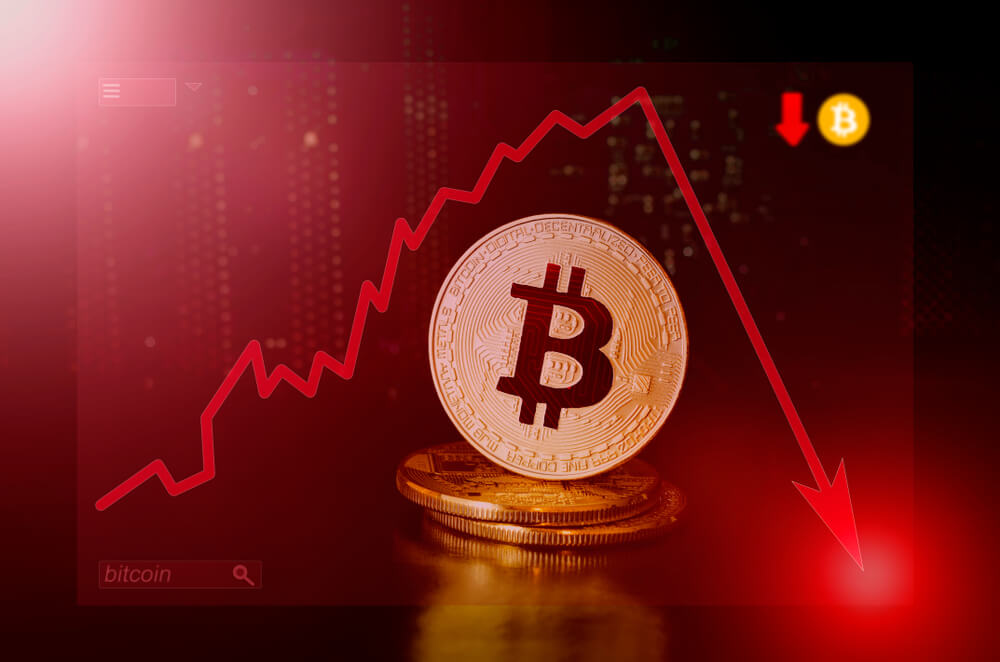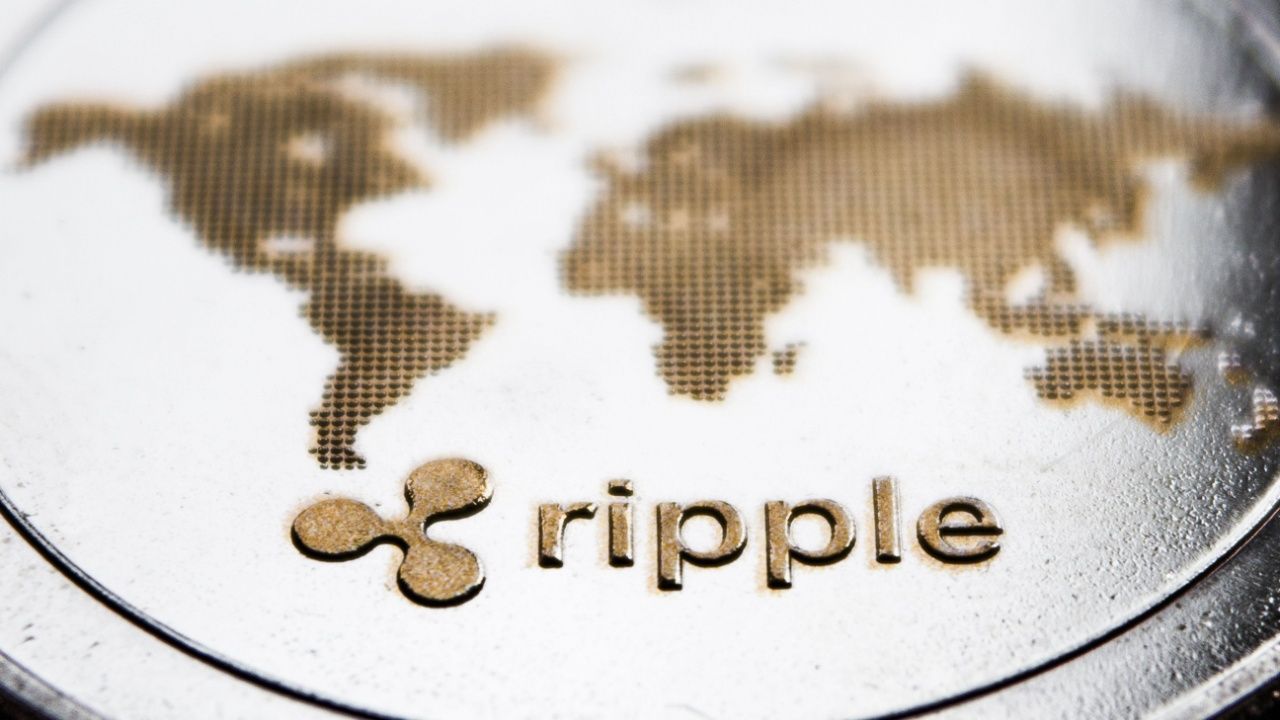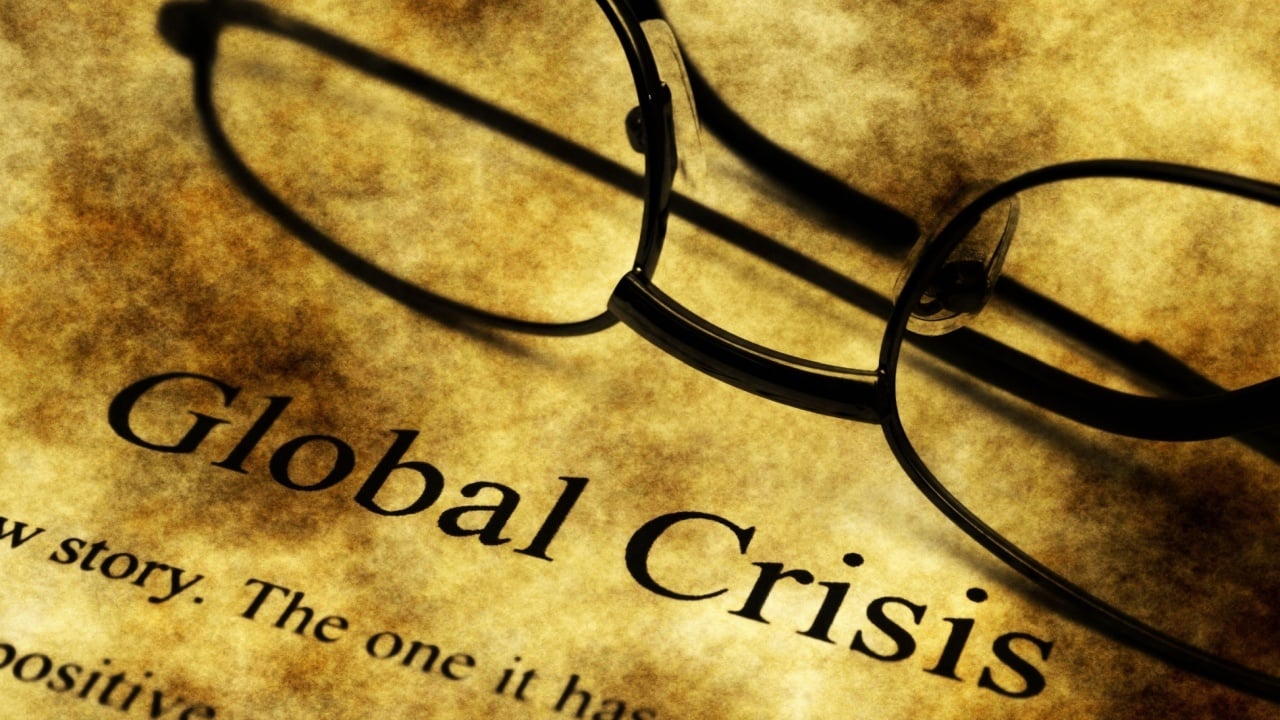How to Dispose of Styrofoam Packaging: Guide
Styrofoam packaging is widely used in shipping and protecting products, but disposing of it properly can be a challenge. In this guide, we will cover everything you need to know about Styrofoam, its environmental impact, and the best practices for disposing of it safely. Whether you’re in the packaging business or a business owner using custom packaging, this post is designed to help you make informed decisions. What is Styrofoam? Definition and Composition Styrofoam is a trademarked form of polystyrene foam. It is a lightweight, rigid, and closed-cell material that is highly effective for insulation and cushioning. Despite its common association with food containers, Styrofoam is also used extensively in protective packaging for shipping and storing products. Applications in Packaging In the packaging industry, Styrofoam is valued for its ability to absorb shock and protect fragile items during transportation. It is frequently found in: Electronic equipment packaging Appliance packaging Custom foam inserts for specific product shapes Because of its durability and low cost, Styrofoam packaging has become a popular choice for many businesses looking to ensure their products reach consumers in pristine condition. Environmental Impact of Styrofoam Non-Biodegradability and Landfill Concerns One of the major issues with Styrofoam is its non-biodegradable nature. Unlike many organic materials, Styrofoam can persist in landfills for hundreds of years. According to the U.S. Environmental Protection Agency (EPA), most polystyrene products are not recycled and contribute significantly to landfill waste. Fact: Polystyrene can take up to 500 years to decompose in a landfill, leading to long-term environmental pollution. Pollution and Wildlife Impact When disposed of improperly, Styrofoam can break into small pieces that end up in waterways and oceans. These pieces can harm marine life, as they may be ingested by animals, mistaking the foam for food. Additionally, wildlife can become entangled in larger pieces, causing injury or even death. Fact: Studies have shown that over 700 species of marine life can be affected by plastic debris, including polystyrene, which disrupts ecosystems and poses health risks. Challenges in Recycling Recycling Styrofoam is not straightforward. It is lightweight and bulky, which makes it inefficient to transport for recycling purposes. Moreover, when contaminated with food or other materials, the recycling process becomes even more challenging and expensive. Many recycling facilities are not equipped to handle Styrofoam, and local regulations vary widely. Stat: In some regions, less than 5% of polystyrene packaging is recycled due to logistical and economic barriers. Methods for Disposing of Styrofoam Packaging Given the environmental challenges associated with Styrofoam, it is crucial to understand the methods available for its disposal. These methods include recycling, reusing, proper waste management, and exploring innovative alternatives. Recycling Styrofoam Recycling is often the preferred method of disposal, but it comes with its own set of challenges. Here’s how you can recycle Styrofoam effectively: Find Local Recycling Facilities: Many municipalities now offer specialized recycling programs for polystyrene. Check with your local waste management facility or municipal website to see if they accept Styrofoam. Prepare the Material: Clean the Styrofoam to remove any food residue or contaminants. Some facilities require the material to be dry and free of impurities. Compression: Due to its bulky nature, compressing Styrofoam can make it easier to handle and transport. Some facilities even offer on-site compression. Reuse Options If recycling isn’t an option, consider reusing Styrofoam for other purposes. Many businesses and households find creative ways to repurpose this material: DIY Projects: Styrofoam can be used for crafting, creating model structures, or even for insulation in small DIY projects. Packaging Protection: Use old Styrofoam packaging as filler material for shipping or storing delicate items. Reusing not only reduces waste but also cuts down on the overall cost of packaging materials. Proper Waste Management When recycling or reusing is not feasible, proper waste management is essential. Here are some guidelines: Separate Waste Streams: Keep Styrofoam packaging separate from other waste. This helps waste management facilities identify and process it correctly. Follow Local Regulations: Waste disposal regulations can vary significantly from one locality to another. Make sure you are familiar with the guidelines in your area regarding Styrofoam disposal. Disposal in Trash: In cases where Styrofoam cannot be recycled or reused, it should be disposed of with regular trash. However, this should be a last reso
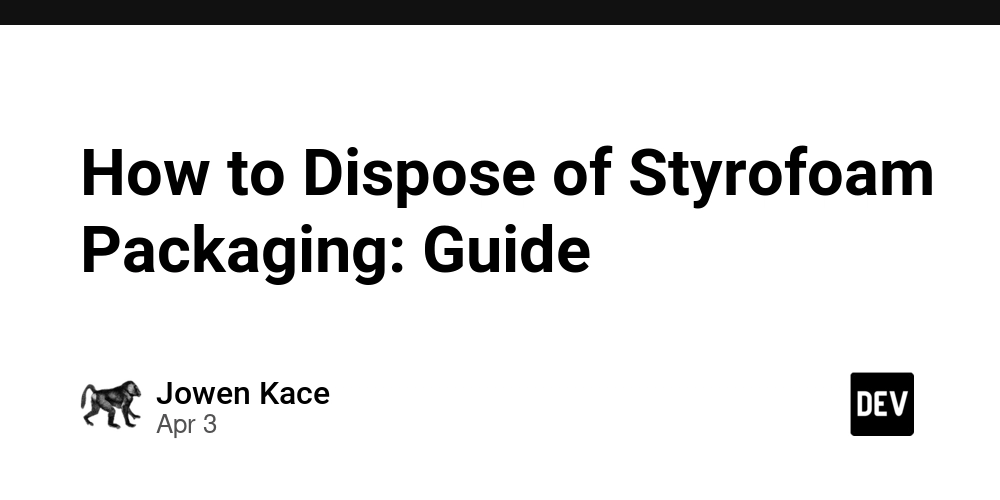
Styrofoam packaging is widely used in shipping and protecting products, but disposing of it properly can be a challenge. In this guide, we will cover everything you need to know about Styrofoam, its environmental impact, and the best practices for disposing of it safely. Whether you’re in the packaging business or a business owner using custom packaging, this post is designed to help you make informed decisions.
What is Styrofoam?
Definition and Composition
Styrofoam is a trademarked form of polystyrene foam. It is a lightweight, rigid, and closed-cell material that is highly effective for insulation and cushioning. Despite its common association with food containers, Styrofoam is also used extensively in protective packaging for shipping and storing products.
Applications in Packaging
In the packaging industry, Styrofoam is valued for its ability to absorb shock and protect fragile items during transportation. It is frequently found in:
- Electronic equipment packaging
- Appliance packaging
- Custom foam inserts for specific product shapes
Because of its durability and low cost, Styrofoam packaging has become a popular choice for many businesses looking to ensure their products reach consumers in pristine condition.
Environmental Impact of Styrofoam
Non-Biodegradability and Landfill Concerns
One of the major issues with Styrofoam is its non-biodegradable nature. Unlike many organic materials, Styrofoam can persist in landfills for hundreds of years. According to the U.S. Environmental Protection Agency (EPA), most polystyrene products are not recycled and contribute significantly to landfill waste.
- Fact: Polystyrene can take up to 500 years to decompose in a landfill, leading to long-term environmental pollution.
Pollution and Wildlife Impact
When disposed of improperly, Styrofoam can break into small pieces that end up in waterways and oceans. These pieces can harm marine life, as they may be ingested by animals, mistaking the foam for food. Additionally, wildlife can become entangled in larger pieces, causing injury or even death.
- Fact: Studies have shown that over 700 species of marine life can be affected by plastic debris, including polystyrene, which disrupts ecosystems and poses health risks.
Challenges in Recycling
Recycling Styrofoam is not straightforward. It is lightweight and bulky, which makes it inefficient to transport for recycling purposes. Moreover, when contaminated with food or other materials, the recycling process becomes even more challenging and expensive. Many recycling facilities are not equipped to handle Styrofoam, and local regulations vary widely.
- Stat: In some regions, less than 5% of polystyrene packaging is recycled due to logistical and economic barriers.
Methods for Disposing of Styrofoam Packaging
Given the environmental challenges associated with Styrofoam, it is crucial to understand the methods available for its disposal. These methods include recycling, reusing, proper waste management, and exploring innovative alternatives.
Recycling Styrofoam
Recycling is often the preferred method of disposal, but it comes with its own set of challenges. Here’s how you can recycle Styrofoam effectively:
- Find Local Recycling Facilities: Many municipalities now offer specialized recycling programs for polystyrene. Check with your local waste management facility or municipal website to see if they accept Styrofoam.
- Prepare the Material: Clean the Styrofoam to remove any food residue or contaminants. Some facilities require the material to be dry and free of impurities.
- Compression: Due to its bulky nature, compressing Styrofoam can make it easier to handle and transport. Some facilities even offer on-site compression.
Reuse Options
If recycling isn’t an option, consider reusing Styrofoam for other purposes. Many businesses and households find creative ways to repurpose this material:
- DIY Projects: Styrofoam can be used for crafting, creating model structures, or even for insulation in small DIY projects.
- Packaging Protection: Use old Styrofoam packaging as filler material for shipping or storing delicate items.
Reusing not only reduces waste but also cuts down on the overall cost of packaging materials.
Proper Waste Management
When recycling or reusing is not feasible, proper waste management is essential. Here are some guidelines:
- Separate Waste Streams: Keep Styrofoam packaging separate from other waste. This helps waste management facilities identify and process it correctly.
- Follow Local Regulations: Waste disposal regulations can vary significantly from one locality to another. Make sure you are familiar with the guidelines in your area regarding Styrofoam disposal.
- Disposal in Trash: In cases where Styrofoam cannot be recycled or reused, it should be disposed of with regular trash. However, this should be a last resort due to its environmental impact.
Innovative Disposal Methods
There are emerging technologies that aim to tackle the Styrofoam disposal challenge more efficiently:
- Chemical Recycling: This process breaks down polystyrene into its chemical components, which can then be used to produce new materials. Although still in developmental stages, chemical recycling has the potential to reduce the environmental footprint of Styrofoam.
- Eco-Friendly Alternatives: Some companies are investing in alternative materials that mimic the protective qualities of Styrofoam without its negative environmental impact. These include biodegradable foams made from plant-based materials.
Step-by-Step Guide to Disposing of Styrofoam Packaging
Here is a simple guide to help you navigate the disposal process, whether you choose recycling, reusing, or proper waste management.
Step 1: Assess Your Local Options
- Research Recycling Centers: Begin by checking with your local municipality or waste management provider to see if they accept Styrofoam.
- Contact Specialized Facilities: Some regions have dedicated drop-off centers specifically for polystyrene recycling. A quick online search or a call to your local waste management office can provide you with necessary details.
Step 2: Prepare the Styrofoam
- Cleaning: If the Styrofoam is contaminated (for example, by food), clean it thoroughly. Allow it to dry completely before processing.
- Breaking Down Large Pieces: For easier handling, break large pieces of Styrofoam into smaller, manageable chunks. This can also help in compressing the material for recycling or transportation.
Step 3: Choose Your Disposal Method
- Recycling: If a recycling facility is available, pack the Styrofoam securely to avoid any loss during transit.
- Reusing: Identify potential reuse opportunities. If you have leftover Styrofoam, consider creative projects or find local businesses that might accept it for reuse.
- Regular Waste: If recycling and reusing are not options, follow local guidelines to dispose of the material safely.
Step 4: Transport the Styrofoam
- Packaging for Transport: Use boxes or bags to organize and transport the Styrofoam. Ensure it is not loose to prevent it from scattering.
- Minimize Waste: If possible, try to consolidate the material to reduce the number of trips needed to transport it to the recycling center or drop-off point.
Step 5: Follow Up and Stay Informed
- Monitor Changes: Waste management policies and recycling options may change over time. Stay updated with local guidelines and new disposal technologies.
- Feedback: If you encounter issues or have suggestions for better disposal practices, provide feedback to your local authorities or recycling centers.
Regulatory Guidelines and Policies
Local and National Regulations
Different regions have varied regulations regarding Styrofoam disposal. Some areas have strict rules, while others offer more flexible guidelines:
- Municipal Regulations: Many cities have established policies to manage and reduce waste. Some have even banned single-use Styrofoam packaging in an effort to protect the environment.
- National Policies: In countries like the United States, the EPA provides guidelines for waste management, including the disposal of polystyrene. These policies are designed to minimize environmental impact and promote recycling initiatives.
Incentives and Programs
Governments and local organizations sometimes offer incentives to encourage proper disposal and recycling:
- Recycling Incentives: Some local governments provide rebates or tax incentives for businesses that use recycled materials or engage in sustainable practices.
- Community Programs: Educational campaigns and community recycling drives can help raise awareness and make it easier for individuals and businesses to dispose of Styrofoam responsibly.
Alternatives to Styrofoam Packaging
Given the environmental challenges associated with Styrofoam, many businesses are looking for sustainable alternatives. Here are some eco-friendly options:
Biodegradable Packaging Solutions
New materials that break down naturally and safely are gaining popularity:
- Biodegradable Foams: These materials are made from natural sources like cornstarch or mushroom mycelium. They offer similar protective qualities to Styrofoam without the long-term environmental impact.
- Compostable Packaging: Some products are designed to break down in composting environments, turning into natural fertilizers rather than persistent waste.
Industry Initiatives and Trends
Many companies in the packaging industry are shifting toward greener practices:
- Corporate Commitments: Major brands are committing to reducing or eliminating Styrofoam from their packaging. This trend is driven by both consumer demand and increasing regulatory pressures.
- Innovation: Research and development in materials science have led to the creation of new, sustainable packaging materials that are both durable and environmentally friendly.
Case Example: Companies like Dell and Apple have invested in alternative packaging materials. Dell, for example, has used mushroom-based packaging for some of its products, reducing waste and supporting environmental sustainability.
Consumer Tips for Reducing Styrofoam Waste
As a business owner or consumer, you can play a significant role in reducing the environmental footprint of Styrofoam. Here are some practical tips:
Mindful Purchasing Decisions
- Choose Sustainable Products: When possible, select products that use eco-friendly packaging. This not only helps the environment but also encourages manufacturers to adopt greener practices.
- Support Green Brands: Look for companies that prioritize sustainability and have clear policies on reducing packaging waste.
Participate in Local Programs
- Join Recycling Initiatives: If your local community has recycling programs for Styrofoam, participate actively. Spread the word and educate others about the importance of proper disposal.
- Share Best Practices: Whether through social media or local business networks, sharing your experiences and strategies for handling Styrofoam waste can lead to broader community involvement.
Evaluate Your Business Practices
- Packaging Audits: Regularly review your packaging practices to identify opportunities for reducing waste. Consider switching to more sustainable alternatives if available.
- Employee Training: Ensure your staff understands the importance of proper Styrofoam disposal and knows the best practices to follow.
The Future of Styrofoam Disposal
Emerging Technologies
Researchers and engineers are continuously developing new methods to address the challenges of Styrofoam disposal. One promising area is chemical recycling, where Styrofoam is broken down into its chemical constituents for reuse in manufacturing new products. While still in the early stages, this technology could significantly reduce the environmental impact of Styrofoam waste in the future.
Policy Changes and Environmental Initiatives
In response to growing environmental concerns, many governments are introducing stricter regulations on single-use plastics and non-biodegradable materials. These changes are likely to drive innovation in packaging materials and disposal methods. As these policies take effect, both businesses and consumers will need to adapt to new standards, creating opportunities for sustainable growth in the packaging industry.
- Trend: Countries in the European Union, for example, are implementing comprehensive policies to reduce plastic waste, which may soon influence global practices.
Practical Insights for the Packaging Industry
For businesses involved in packaging, managing Styrofoam waste efficiently is not just an environmental responsibility—it also makes economic sense.
Cost Considerations
- Recycling vs. Disposal Costs: While recycling Styrofoam may incur upfront costs, reducing landfill waste and potential fines for non-compliance with regulations can lead to long-term savings.
- Material Reuse: Finding innovative ways to reuse Styrofoam can reduce the need for purchasing new packaging materials, lowering overall operational costs.
Building a Sustainable Brand
- Corporate Social Responsibility (CSR): Adopting sustainable practices, including proper disposal and recycling of Styrofoam, enhances your brand’s reputation. Consumers are increasingly favoring companies that demonstrate a commitment to environmental stewardship.
- Customer Engagement: By openly sharing your sustainability initiatives and progress, you can build trust and loyalty among your customer base.
Streamlining Operations
- Waste Audits: Regular audits of your packaging processes can help identify areas for improvement. This might involve investing in on-site compression machines or partnering with local recycling facilities.
- Training Programs: Equip your staff with the knowledge and tools needed to handle Styrofoam waste responsibly. This can include everything from proper storage to efficient transport and disposal practices.
Conclusion
Proper disposal of Styrofoam packaging is essential for reducing environmental impact and promoting sustainable practices in the packaging industry. By understanding what Styrofoam is, its environmental implications, and the challenges associated with recycling, you can make informed decisions that benefit both your business and the environment.
To summarize:
- Know Your Material: Understand the composition and common uses of Styrofoam.
- Recognize the Impact: Be aware of how improper disposal affects wildlife, ecosystems, and long-term waste management.
- Choose the Right Method: Whether recycling, reusing, or following local waste management










































































































































































![[The AI Show Episode 142]: ChatGPT’s New Image Generator, Studio Ghibli Craze and Backlash, Gemini 2.5, OpenAI Academy, 4o Updates, Vibe Marketing & xAI Acquires X](https://www.marketingaiinstitute.com/hubfs/ep%20142%20cover.png)





























































































































![From drop-out to software architect with Jason Lengstorf [Podcast #167]](https://cdn.hashnode.com/res/hashnode/image/upload/v1743796461357/f3d19cd7-e6f5-4d7c-8bfc-eb974bc8da68.png?#)















































































































(1).jpg?width=1920&height=1920&fit=bounds&quality=80&format=jpg&auto=webp#)






























_NicoElNino_Alamy.png?#)
.webp?#)
.webp?#)














































































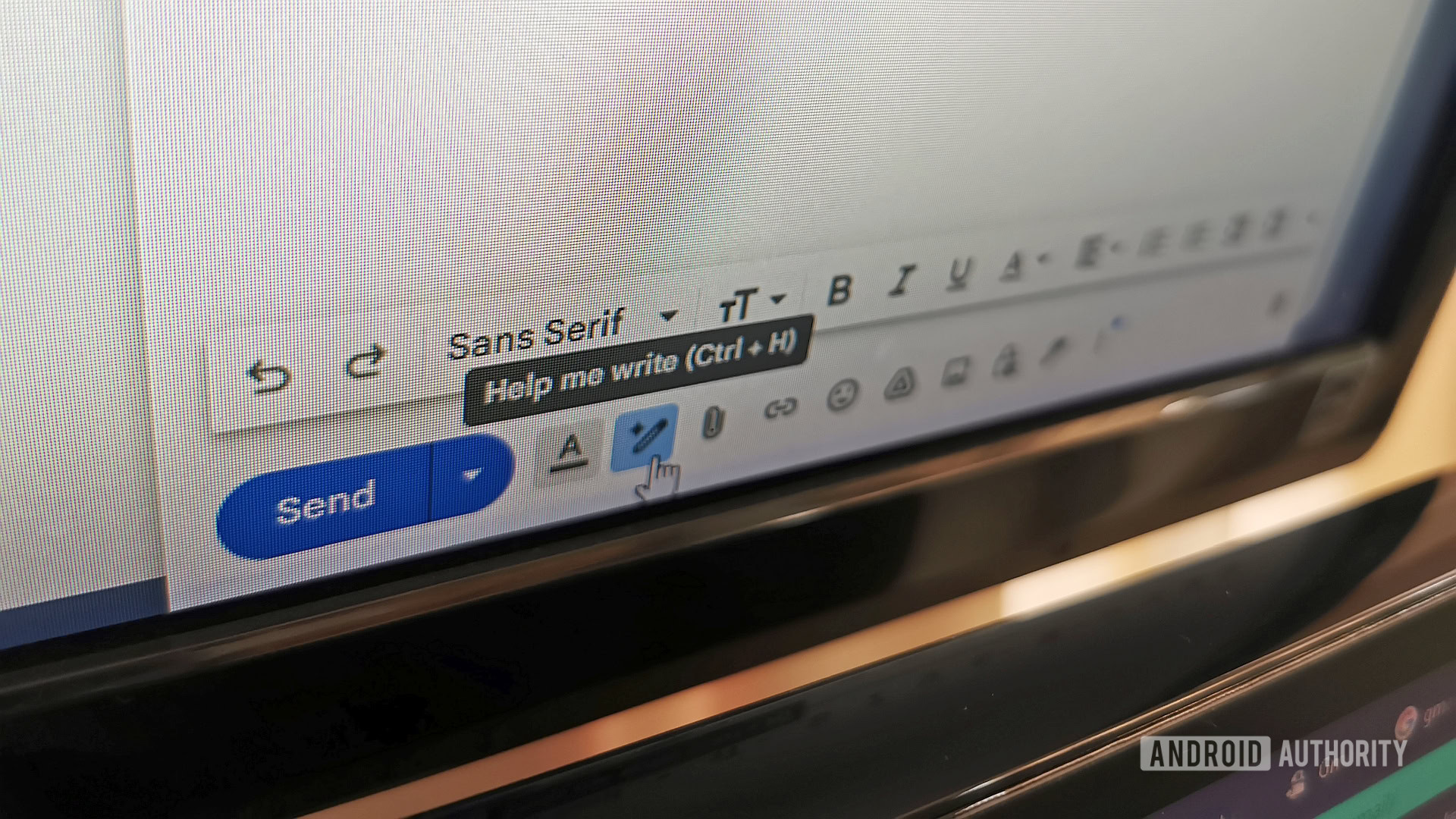

















![New iOS 19 Leak Allegedly Reveals Updated Icons, Floating Tab Bar, More [Video]](https://www.iclarified.com/images/news/96958/96958/96958-640.jpg)

![Apple to Source More iPhones From India to Offset China Tariff Costs [Report]](https://www.iclarified.com/images/news/96954/96954/96954-640.jpg)
![Blackmagic Design Unveils DaVinci Resolve 20 With Over 100 New Features and AI Tools [Video]](https://www.iclarified.com/images/news/96951/96951/96951-640.jpg)















































































































